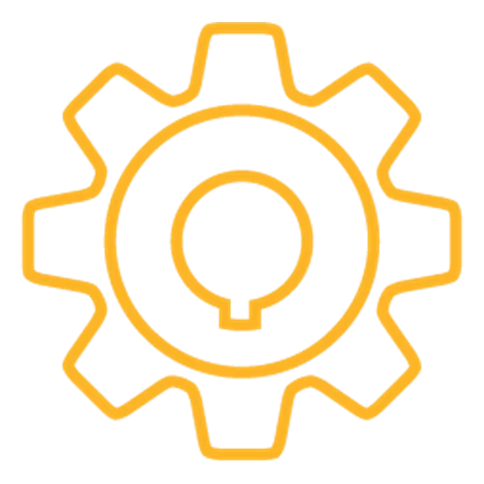
Industry Related Workshops
Industry-specific sessions covering a range of applications where simulation is used to tackle complex engineering problems
Engineering simulation technology is one of the primary drivers for innovation in industries in all sectors and is used at every stage in the product development, including ideation, design, prototyping, manufacturing, and operation to significantly reduce operating costs and time to bring their products to market.
Ansys has an integral role to play in the Atmanirbhar Bharat policy through world-class engineering courses and simulation technology on the cloud for the students, engineers, scientists and researchers to learn, train, and prepare for a future of advanced product design, engineering, research, and development.
By registering in this program you get access to the Ansys Innovation Courses, Industry Related Workshops, and access to Ansys Software in the Cloud (20 hrs). In this page you will learn more about the requirements and steps you need to perform to get access to this program.
Please click on the button below and enter your information to register. Your registration information will be verified and upon approval, you will receive access to the software and the course content.
Select from general introductory courses or industry focused workshops
Learn by going through the course lecture videos and handouts
Gain hands on experience by solving practical examples using Ansys software
Learn the basics of Fluid Dynamics, Structural Mechanics, and Electronics & Electromagnetics



Industry-specific sessions covering a range of applications where simulation is used to tackle complex engineering problems
Ask your questions in the forum at
https://forum.ansys.com/categories/introduction-to-simulation
In this session we will introduce industry specific applications from the automotive industry and how Finite Element Analysis (FEA) is used to ensure safe and optimized design of different subsystems. We begin with a stress analysis of an engine connecting rod to determine the location and magnitude of the highest stress. Following that, we perform a similar stress analysis of a brake pad. Then we demonstrate how bolted joints are modeled in an axle assembly. In addition to these stress analyses, we perform thermal analysis of a gasket to find the temperature distribution over it. We end the session by performing a thermal analysis to determine the most optimized and efficient design for the fins of an air-cooled engine.
In this session we will introduce industry specific applications from the automotive industry and how Computational Fluid Dynamics (CFD) is used to solve problems and optimize subsystems. We will begin our discussion with the analysis of external aerodynamics of a concept car. Then we will use the power of computational fluid dynamics to uncover the role of streamlining in high speed rail transport. We will wrap up by looking at an example that deals with how we can use CFD to analyze internal sub-systems such as an IC engine exhaust manifold.
In this session we will introduce industry specific applications from the aerospace industry and how Computational Fluid Dynamics (CFD) is used to solve problems and optimize subsystems. We will begin our discussion with the analysis of flow over an aircraft wing. Then, we will use switch gears and understand how aircraft engines generate thrust by analyzing the flow through a converging nozzle. We will then discuss regarding high-lift devices by studying the flow over a multi-element airfoil. Finally, we will wrap up by looking at an example to understand the physics of high speed airflow over an aircraft wing section which is significantly influenced by the compressible nature of air.
In this session we will introduce industry specific applications from the consumer goods industry and how Finite Element Analysis (FEA) is used to perform stress analysis to ensure safe and ergonomic design of different consumer products. We perform stress analysis on two types of shoes, one with an air-filled based and another whose base has an auxetic design. We then analyze a bike frame and a bike crank to determine the stress distribution under various loading conditions. Finally, we perform a nonlinear simulation of interlocking of a snap-fit buckle.